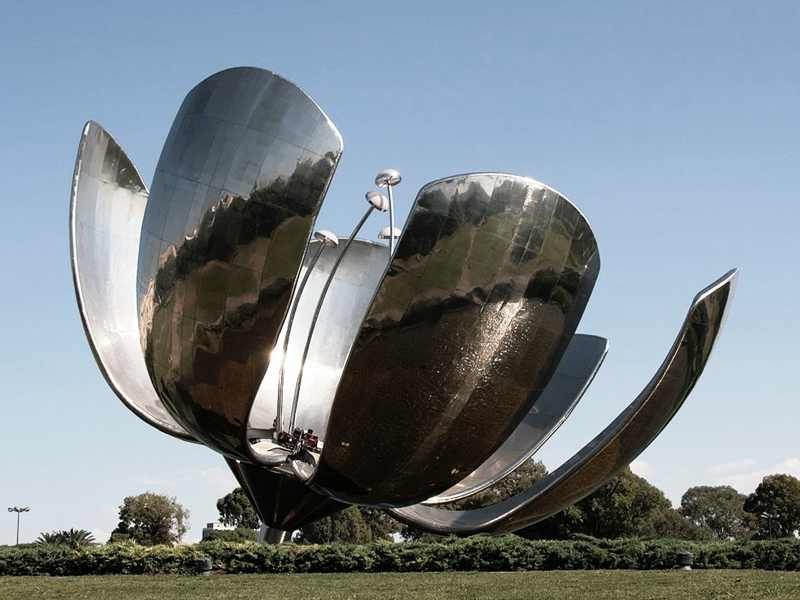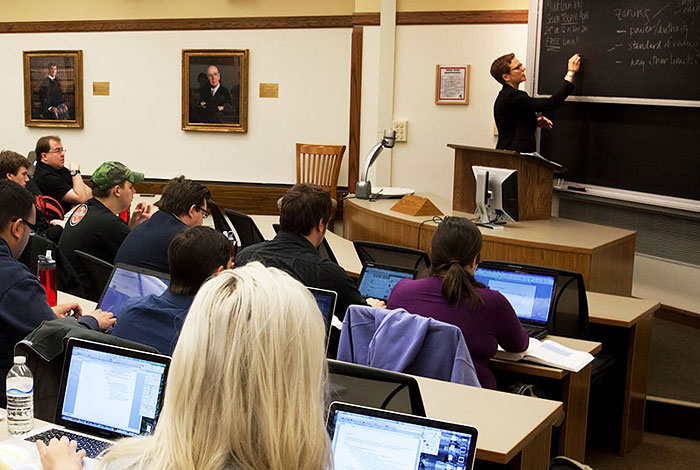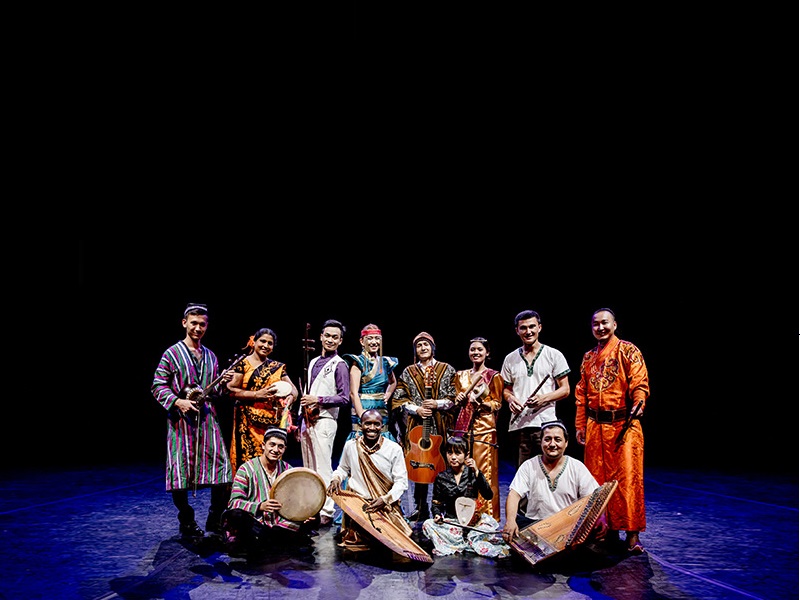
The Cure for Anger: How to Achieve Reconciliation after Wars and Conflicts
ISRAEL AND PALESTINE: TWO DIFFERENT FACES OF ONE WAR
One remarkable example of reconciliation is a project by a French artist who is known by the pseudonym JR, called Face 2 Face.
Under the guidance of the artist, activists created huge photographs of Israelis and Palestinians who do the same jobs – taxi drivers, physicians, musicians, etc. The photos were pasted on streets not far from the demarcation line.
Local residents, who were watching the process, were asked to guess where the persons in the photos were from. The idea was simple: to demonstrate graphically that in spite of decades of war, there was much in common between people living side by side.
However, what was dangerous was the implementation of the project, as the authors were threatened with death in Palestine and imprisonment in Israel. Nevertheless, even today, several years later, a section of the photos remains in place.
Similar projects are still being implemented in the region.
NORTHERN IRELAND: MURALS AND TEMPLES
Some of the major symbols of the conflict in Northern Ireland were the murals on the walls of Belfast and other places where clashes with the authorities broke out.
The British government first considered the fact that culture could be a tool for ending bloodshed during the escalation in protests in the early 1970s.
In 1975, the Peace and Reconciliation Group was established. One of its goals was working with heritage.
Through artefacts of the common past, the programme’s authors tried to remind the communities that despite profound differences of opinions, they have been sharing common space for centuries. Therefore, they ought to find ways for peaceful coexistence.
Today, there are more than twenty cultural initiatives operating in Northern Ireland and their main goal is, in fact, reconciliation through cultural processes.
The majority of these organisations receive funding from the UK budget. In addition, they receive support in the form of private contributions.
Despite the fact that Northern Ireland has been living in peace in recent decades, the work of cultural initiatives continues in this area.
Thus, the subject of peace underpins the Temple project that was implemented in Derry last year. Local cultural activists came up with the idea of inviting David Best, who works annually with the Burning Man festival, to a small Northern Irish town.
Under Best’s leadership, the Derry community built a fantasy “temple” with their own hands as a symbol of peace. The project received the support of the Arts Council of Northern Ireland and locals raised the amount required with a Kickstarter campaign.
THE EUROPEAN UNION: CULTURE AS LANGUAGE
The issue of migrants has been a long-standing challenge facing the communities of European countries. The war in Syria and the wave of refugees have only accentuated this sensitive subject.
European artists have created many projects documenting and researching the experience of migrants and refugees.
As part of the Gotland project, Baltic artists journeyed by sea, retracing the route of those who sought to reach the coasts of Sweden.
Banu Cennetoglu's project titled “The List” is a list of all migrants who have died in the EU since 1993.
The new work of the elusive Banksy has been created on the wall across from the French embassy in London and is dedicated to refugees against whom tear gas was used in Calais.
These projects are primarily aimed at the local audience. However, there are also a fair number of artistic projects that try to integrate refugees into the cultural field of their new homes.
At the end of last year, the Augsburg Theatre put on Mozart’s Zaide with the participation of refugees from Syria, Afghanistan, Iraq and Nigeria.
In Munich, volunteers of the Mohr-Villa creative centre work directly with migrants through pantomime and drawing therapy.
Such methods are quite popular for working with migrants, as they enable contact to be made even with those who do not speak the language. This audience is the one most in need of support.
Another popular method is music classes. In Berlin, there is a choir in which locals and refugees sing together.
In Germany, a significant part of volunteer initiatives is carried out and funded by first-generation migrants and their descendants. They understand – more so than others – the problems of integration and consider it to be their moral duty to help those in whose shoes they were once.
The article was drawn up in cooperation with the EU-Eastern Partnership Culture and Creativity. Learn more at
Learn more at http://life.pravda.com.ua/culture/2016/03/4/208945/




